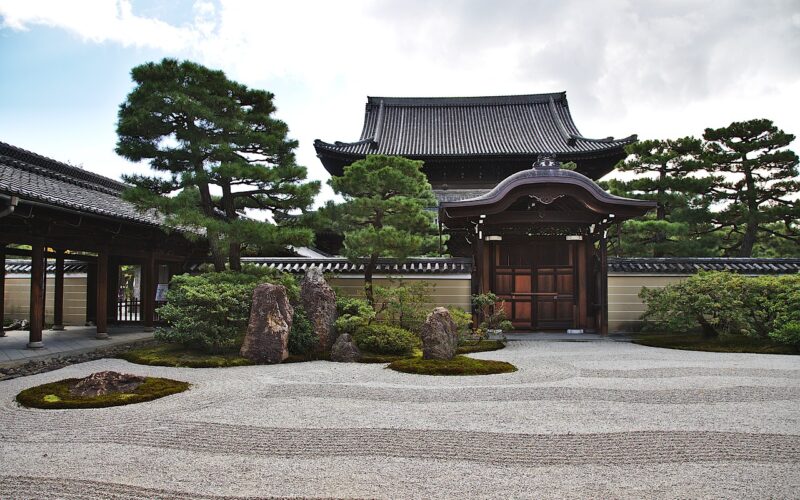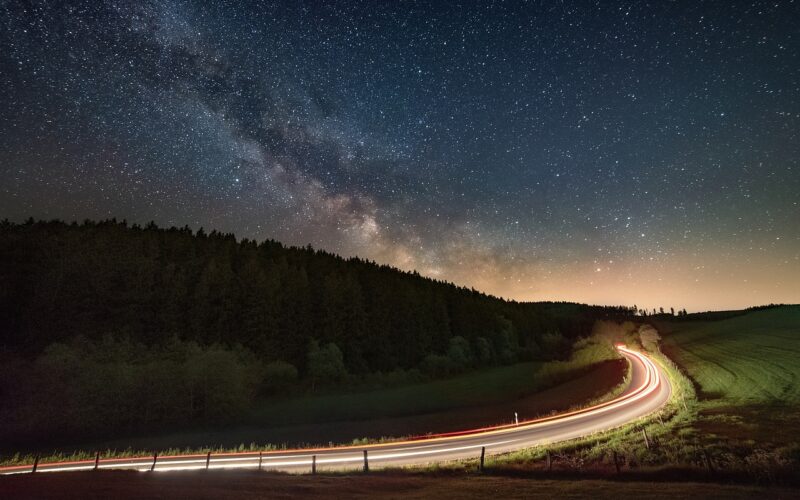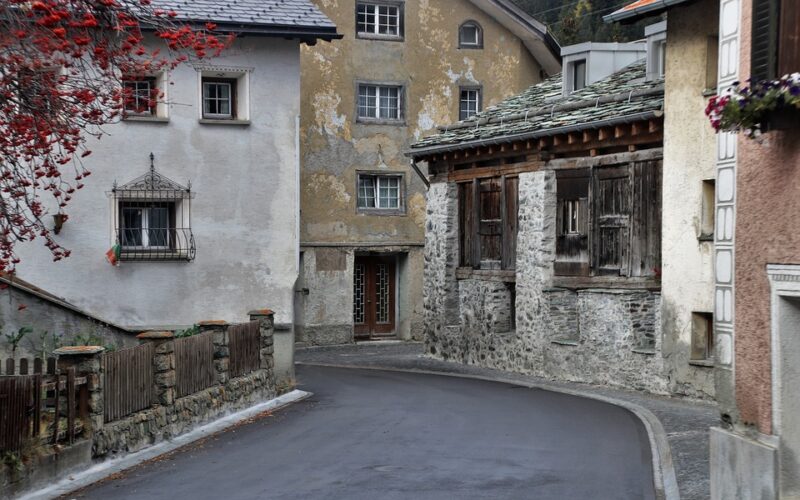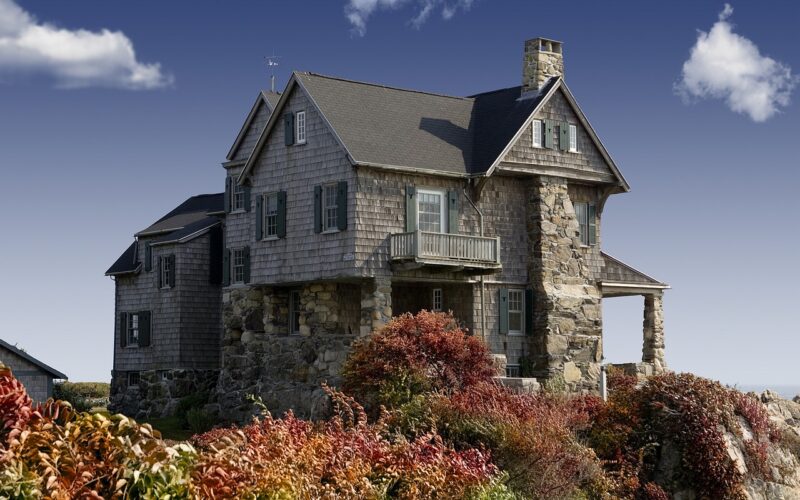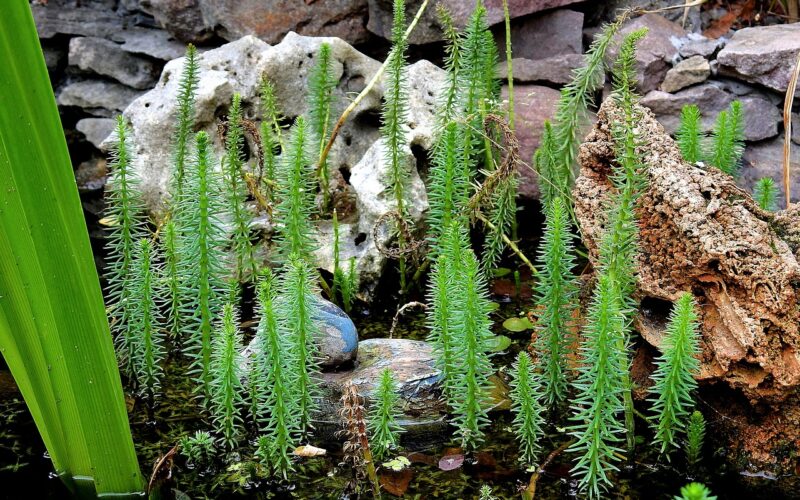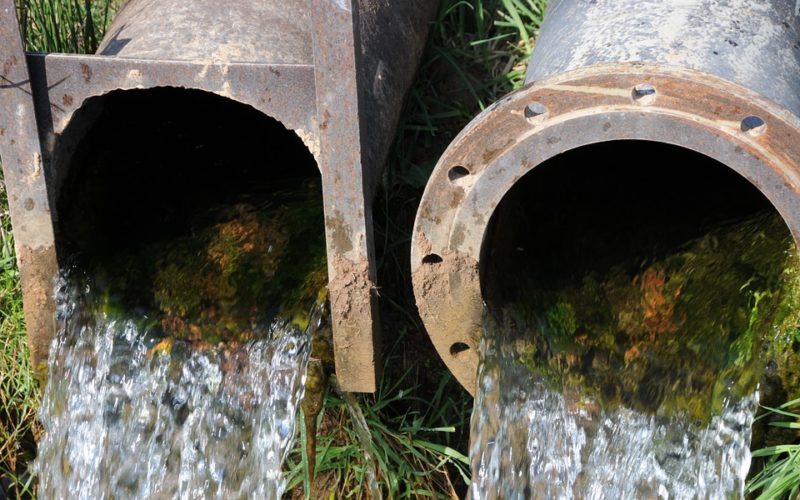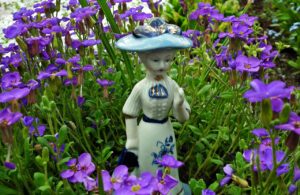When it comes to rock garden design, there are many different options to choose from. One popular choice is the Japanese Zen garden, which often features a carefully arranged assortment of rocks, gravel, and plants. Another option is the rockery, which is typically built around a large boulder or outcropping of rocks. Regardless of the style you choose, there are a few key elements that should be included in your design.
First, rocks should be placed in a way that helps to anchor the soil and prevent erosion. Second, gravel or mulch should be used to cover exposed soil and help reduce weed growth. Lastly, plants should be chosen that are well-suited to growing in rocky conditions. By taking these factors into account, you can create a beautiful and functional rock garden that will add interest and value to your home.
Choosing the rocks and stones
When it comes to garden landscaping with rocks and stones, there are many factors to consider, such as the size and shape of your garden, the climate, and your personal preferences. For example, in a hot, dry climate, you'll want to choose stones that retain moisture well, such as limestone or sandstone.
If you live in an area with a lot of rainfall, you'll want to choose stones that drain well, such as granite or slate. And if you're looking for a more natural look, you might want to choose rocks that are native to your area.
In general, however, there are a few basic tips that can help make choosing the right rocks and stones for your garden a little easier.
First, it is important to choose materials that are durable and will not be easily damaged by weathering or other environmental factors.
Second, it is important to select materials that will complement the existing landscape, rather than clash with it.
Finally, it is important to make sure that the rocks and stones you select are safe for use around children and pets.
Adding plants
When adding plants and other features to complement rock features in your landscaping, it's important to consider both the function and the aesthetic of the plants. For example, succulents are a popular choice because they are low-maintenance and require little water. Cacti are also a good option for areas with limited water resources.
If you're looking for colour, consider adding annuals or perennials. Annuals will provide colour for one season, while perennials will come back year after year. For texture, consider adding grasses or shrubs. Grasses have long, slender leaves that add interest to the landscape, while shrubs have thicker, more substantial leaves.
Whatever plants you choose, be sure to take into account the climate in your area and the amount of sunlight and water they will need to thrive.
